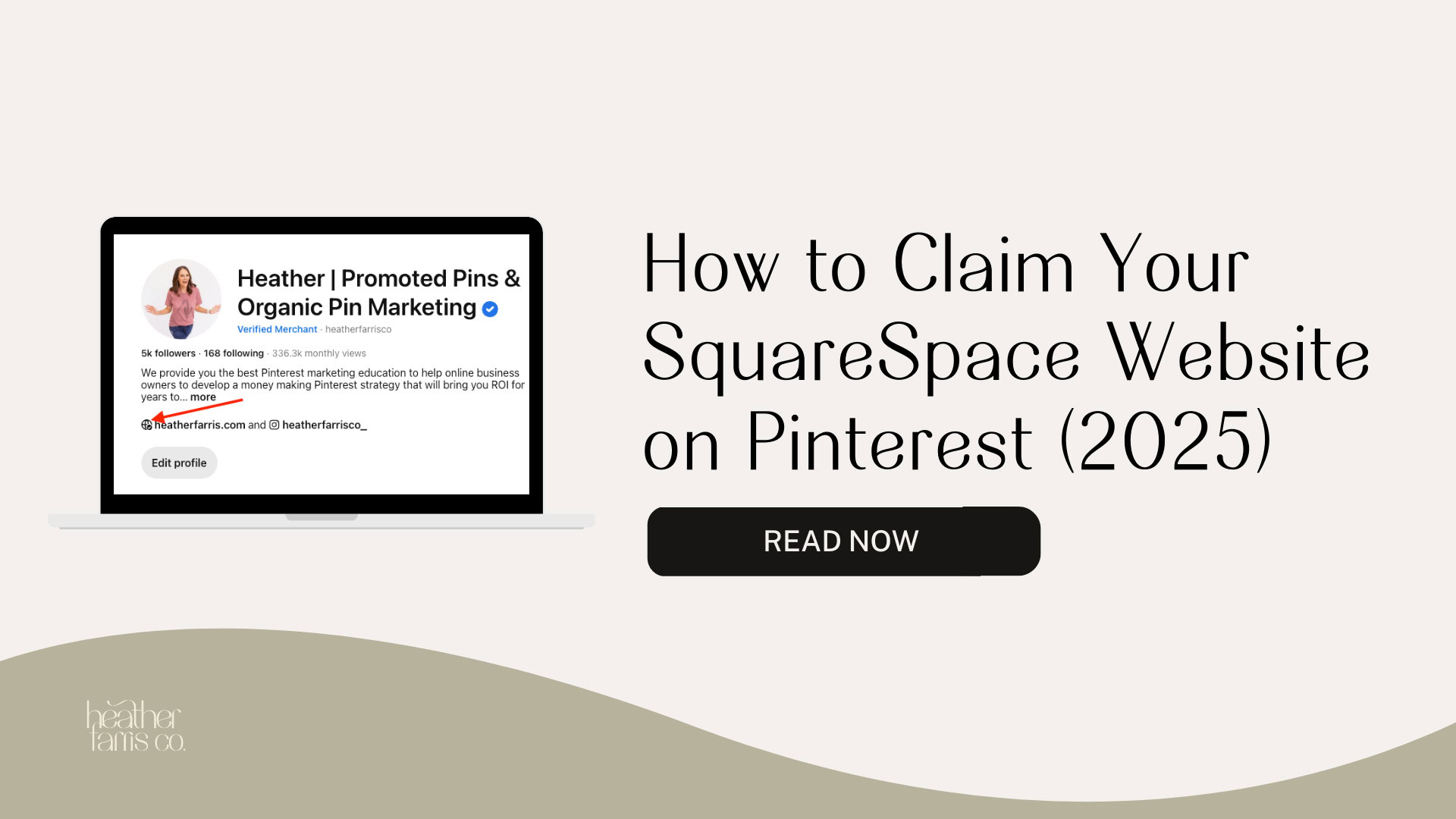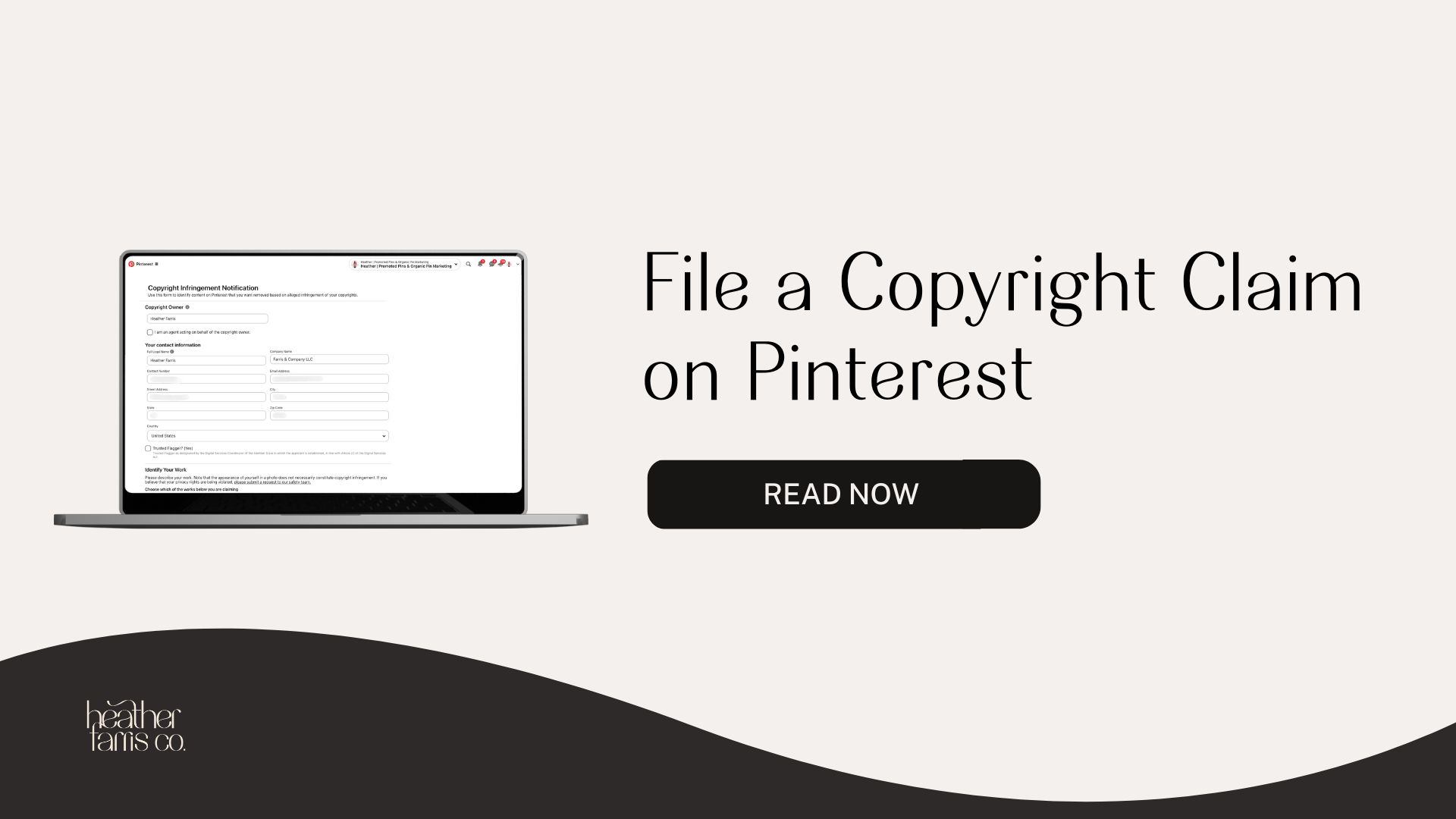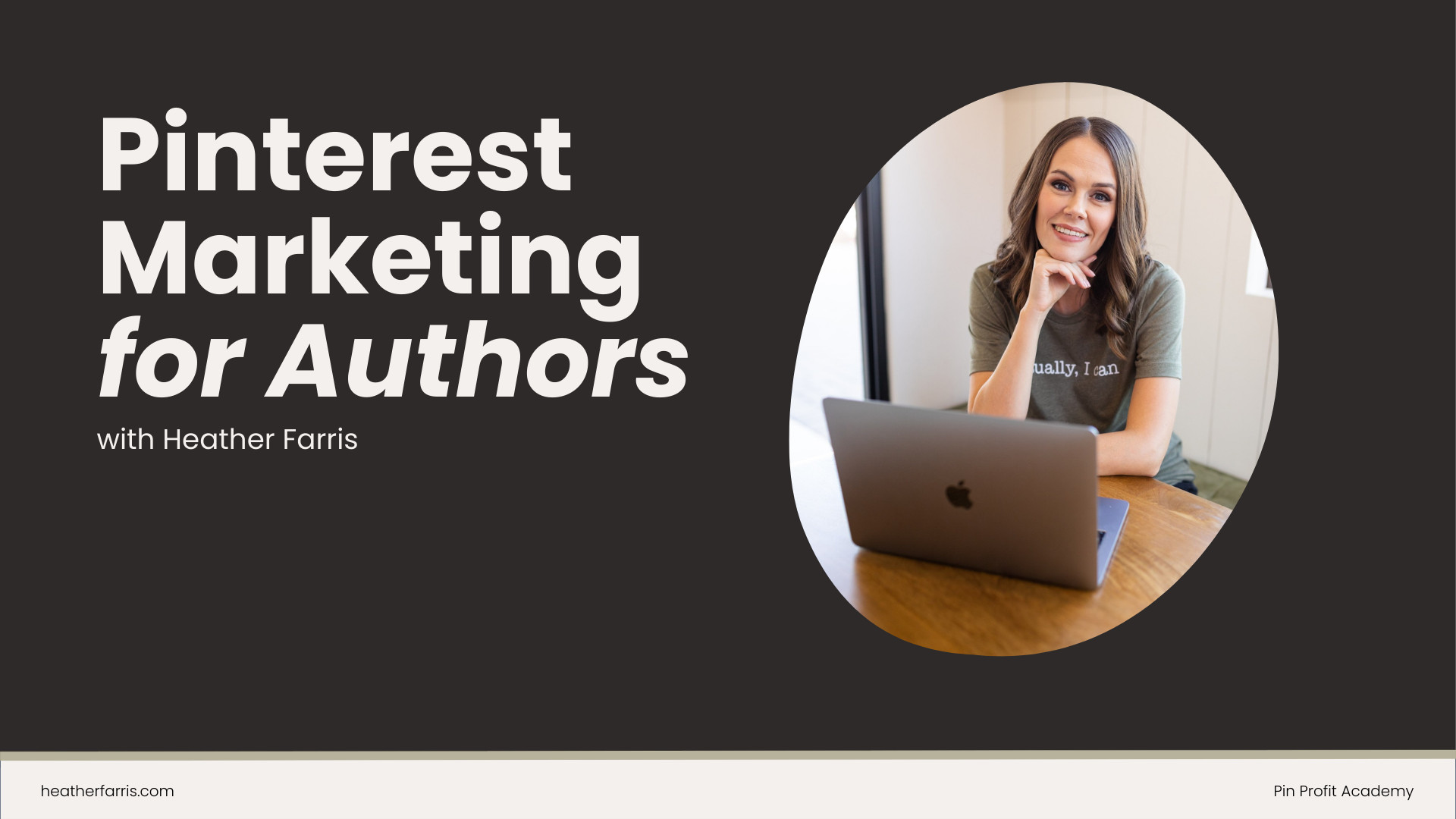Heather is a seasoned
Pinterest marketing expert & educator using the platform since you could reach the bottom of the feed - 2010.
About Heather Farris >
7 Ways to Generate Content Ideas Even When You’re Not Feeling Creative
June 17, 2021
How to Generate Content Ideas
Do you ever wonder how to generate content ideas when you are not feeling creative? This happens to me quite a lot. Ever since I switched my content strategy, I stopped thinking about what to post every week, and I started thinking about my audience and how they respond to my content and what they want to hear.
I started making my content more about my audience, and less about me, the creator. It opened this whole new world.
It happens a lot, it is totally normal, but it can be terrible when you get into a rut.
So, let’s dive into content strategy and how to generate content ideas.
Build a Client or Customer Journey
If you haven’t done this yet, you should consider it. Having your customer journey mapped up will help you create more content that is highly relevant to what your audience wants and when they want it. This would alleviate some of your questions about what your audience wants to hear.
When I was just starting content marketing for myself and my business, I didn’t know what my audience wanted to hear. I had to throw a whole lot of spaghetti at the ceiling to find out what stuck. Once I figured out what my audience wanted, I started creating that for them. It was like a snowball rolling down the hill at that point.
Have Topics You Cover Consistently
I’m not talking about specific topics that you cover all the time, like ‘Pinterest Marketing strategy 101’ However, I have buckets of topics that I create all the time.
My content buckets are:
- Pinterest marketing
- Automation
- Graphic design
- Content strategy
I have buckets of content that I can pull from when I am feeling less inspired. Or maybe when I haven’t created a video on a topic in a long time. I can look back into that bucket and see what’s in there and create content on it.
Key Yourself Into Trending Topics
It would really help if you can pick up the trends that are happening in your industry.
For example, in early 2021, in Pinterest Marketing, we are talking a lot about how to make idea pins. So I have created a whole lot of content on idea pins. This content will be good evergreen content, but it is also highly relevant right now.
Another example of trending topics is goal planning. Goal planning starts to pick up in August through the new year, and it then tends to die off. After this, quarterly goal planning picks up on the platform.
So you could find something around a trending topic or how you can brainstorm what your trending topics are.
If you haven’t already checked out https://trends.pinterest.com/, it is a great place to see what people are searching for on a platform right now as well as over the year.
Look at Your Top Performing Content
What have you created in the past that has done really well that you can recreate, update, or come at it from a different angle?
Think about your content from a library perspective and less from a really deep and narrow valley. You don’t talk about a topic once then never speak on it again.
For example, you walk into a library, and you look for a book on Grizzly bears. There will be 15 books on Grizzly bears, and every book will have a slightly different perspective.
Think about your content like a library. How can you cover one topic from every angle? Have a pillar piece of content that you can play off of. It looks like an organization chart where all the other pieces of content link back to that one piece of content. But these pieces of content cover different aspects of that pillar piece content much deeper.
For example, when I created my post on how to use Tailwind for Pinterest & automate your pins in one hour per week, I talked about Tailwind communities in that blog post. However, I also broke that up into a separate blog post about Tailwind Communities.
So, think about your content from a library perspective.
Check out Forums and Question Websites
Look at places like Reddit, Quora, or Answerthepublic.com for your specific idea. Maybe you have covered something once, and you are looking for ways to cover it differently. Go and search for that topic on those platforms and see what people ask out in the world. It’s a great idea to key into other communities that are not your own and see what people are asking.
When I started my YouTube channel, I didn’t know what people wanted to learn from me, so I actually searched for topics. I found YouTube channels that were competitors of mine, and I looked at the comments. I looked for questions that people were asking related to that video.
Then I would watch the video and figure out what the content was. I would make notes on how I could make that video better. And then answer that person’s question in my video. Chances are more than one person is asking that question, and my answer will help them.
Check out other people’s comments on YouTube, Instagram, and Facebook groups as well.
Ask Your Audience
I literally ask everyone I talk to about what else they want me to create. Not only does it put the ball in their court, but it also makes them feel special when you say – what can I create for you? What questions do you have?
Recently someone watched some of my Pinterest Ads content on YouTube, and they said, ‘I would really appreciate it if you could create a YouTube video on how to optimize Pinterest ads.’ And that’s exactly what sparked my creating this video.
Ask in your email newsletter, on Instagram, in stories, on TikTok. People want to be heard, so give them the opportunity to tell you and then create it for them. They will be so appreciative.
7 Types of Content You Can Create
Let us now talk about the seven types of content that you can create in your business. These may also give you some additional content ideas.
1. How to Guides
Teach somebody how to do something. What questions do you get in your business all the time? Create a piece of content about it.
2. Rebuttals
I recently published a YouTube video about how to hire a Pinterest VA. In that video, I had mentioned that someone online has said not to hire a Pinterest VA. So I created this video as a rebuttal. So, create rebuttal content.
3. Opinion Pieces
You can write pure opinion pieces. For me, these are the entrepreneur videos that I am creating, like my I’m quitting, my burnout videos. This is content that I am making for myself, but if they do end up helping somebody, it’s a win-win.
4. Review Books
Review books in your industry. Find out what books have come out on what you do. You either rebut the book or provide value or add additional insight.
I think book reviews are fascinating. I have never written any, but I do read them.
And I do read comments. Make sure you look at Amazon’s one-star comments. Find out why people hate it.
5. Interview People in Your Industry
Think about who is working in your industry that you can collaborate with. I love doing Clubhouse Rooms with my friend from JanaoMedia.com. We have the Profitable Pinterest Club; she has her own Pinterest business, I have my own Pinterest business.
But we come together several times a week to provide highly relevant content on Clubhouse. You can even take those conversations and turn them into long-form blog content or short-form videos, social media posts.
6. Round-Up Posts
You can do this when you’ve created a whole lot of content. I did this with my five pillars of a Pinterest marketing strategy piece of content. I have one piece of content for each of my pillars, and then I took all the pillars and made one piece of content. So do a round-up post of all of your most popular content on a specific topic.
I hate round-up posts when it comes to finding recipes, but they are great for SEO.
7. Product Reviews
I review Tailwind all the time. I will teach you how to use Tailwind and Canva. Do product reviews on the software you are using or your favorite tools, or your favorite devices that you are using in your business. Things that help your business and take it from an angle specific to what you are doing.
So all the tools and products that I use in my business related to Pinterest are highly relevant to this channel. I talk about those quite often. Talk about products and how they have helped in your business or how they can improve. Your audience will be super thankful.
Final Thoughts
Hopefully, this post will help you brainstorm additional content ideas that you can create in your business, and then you can use Pinterest to market them. No one will ever know you exist if you don’t just start!
Pin It For Later


Heather Farris went to school for accounting and worked for years in banking and finance. After finding all of that entirely too boring she started her first blog in her basement in August of 2016. She has started 3 blogs in the marketing, motherhood and travel niches and used Pinterest to grow them all. She quickly became the go-to Pinterest strategist in her peer circles and has been implementing strategies, driving traffic and sales through organic and paid tactics for her clients. On this blog and her YouTube channel, as a renowned Pinterest marketing expert, she educates the public about clear and transparent marketing strategies to help them to grow on Pinterest and in other places online as a renowned Pinterest marketing expert.





[…] RELATED: 7 Ways to Generate Content Ideas Even When You’re Not Feeling Creative […]